Cats, Dogs, Horses, Small Pets, Birds, Poultry & Reptile
(How to Use with Fish is below)
read our cat testimonials & articles for
Whisker Wisdom
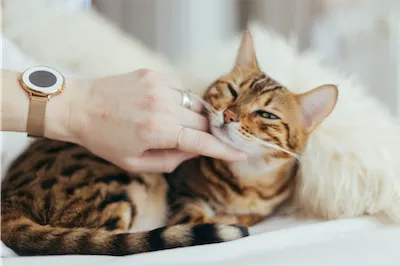
Understanding and Addressing Cat Separation Anxiety- A Basic Guide
Cat Separation Anxiety
Introduction:
Cats are often perceived as independent and aloof creatures, but the reality is that many felines develop a strong bond with their human companions. When left alone for extended periods, some cats may experience separation anxiety—a condition that can lead to various behavioral issues and affect their overall well-being.
In this article, we will delve into the nuances of cat separation anxiety, exploring its causes, symptoms, and offering practical solutions to help both feline friends and their owners navigate this challenge.
Understanding Cat Separation Anxiety:
Separation anxiety in cats is a behavioral disorder characterized by distress and anxiety when the cat is separated from its owner or primary caregiver. While it is more commonly associated with dogs, cats are not immune to these feelings of unease and stress. Cats are creatures of habit and may form strong attachments to their human companions, making them susceptible to separation anxiety when left alone.
Causes of Cat Separation Anxiety:
Several factors can contribute to the development of separation anxiety in cats. These include:
1. Sudden Changes in Routine:
Cats are creatures of habit, and sudden changes in their daily routine or environment can be unsettling. This may include changes in feeding times, alterations to the living space, or the addition of new family members or pets.
2. Loss of a Companion:
Cats can form strong bonds with other animals, both feline and non-feline. The loss of a companion, whether due to death, relocation, or other reasons, can trigger separation anxiety in a cat.
3. Early Trauma or Abandonment:
Cats that have experienced trauma or abandonment in their early life may be more prone to separation anxiety. Past negative experiences can shape a cat's behavior and reactions to being alone.
4. Over-bonding:
Cats that have experienced trauma or abandonment in their early life may be more prone to separation anxiety. Past negative experiences can shape a cat's behavior and reactions to being alone.
Symptoms of Cat Separation Anxiety:
Recognizing the symptoms of separation anxiety in cats is crucial for early intervention. Common signs include:
1. Excessive Vocalization:
Cats with separation anxiety may meow excessively when left alone, expressing their distress through vocalizations.
2. Destructive Behavior:
Anxious cats may engage in destructive behavior, such as scratching furniture, chewing on objects, or even eliminating outside the litter box.
3. Over-grooming:
Some cats may resort to over-grooming as a coping mechanism for stress, leading to excessive licking and potential skin issues.
4. Changes in Appetite:
Anxiety can affect a cat's appetite, leading to either excessive eating or a significant decrease in food intake.
5. Hiding or Clinginess:
Cats with separation anxiety may either become overly clingy, seeking constant attention when their owner is present, or withdraw and hide when left alone.
Addressing Cat Separation Anxiety:
1. Gradual Desensitization:
Help your cat become more comfortable with being alone by gradually increasing the time spent apart. Start with short intervals and gradually extend the duration as your cat becomes more accustomed to being alone.
2. Create a Comfortable Environment:
Help your cat become more comfortable with being alone by gradually increasing the time spent apart. Start with short intervals and gradually extend the duration as your cat becomes more accustomed to being alone.
3. Interactive Toys and Puzzles:
Keep your cat mentally stimulated by providing interactive toys and puzzles. This not only serves as a distraction but also engages their minds, reducing anxiety.
4. Establish a Routine:
Cats thrive on routine, so establish a consistent daily schedule for feeding, playtime, and other activities. Predictability can help alleviate anxiety.
5. Use of Calming Products:
Consider using pheromone (synthetic) products or natural flower essence products.
The primary pheromone involved is often referred to as the "happy cat" or "friendly cat" pheromone. This synthetic pheromone is intended to mimic the natural facial pheromones that cats produce when they rub their face against objects, marking them with their scent. The pheromone product needs to be replenished regularly.
Flower essences are a form of alternative therapy that involves infusing water with the energetic imprint of flowers. The most well-known system of flower essences is the Bach Flower Remedies, developed by Dr. Edward Bach in the 1930s. Some pet owners and practitioners believe that they can help address emotional imbalances, including separation anxiety in cats. While flower essence blends may be used on a regular basis to maintain well-being, once your cat is not displaying cat separation anxiety, continued use may not be necessary.
6. Consult with a Veterinarian:
If your cat's separation anxiety persists or escalates, consult with a veterinarian. Underlying health issues could contribute to behavioral problems, and a professional can help rule out any medical concerns.
Conclusion:
Cat separation anxiety is a challenging issue that requires patience, understanding, and a proactive approach. By recognizing the signs and addressing the root causes of anxiety, cat owners can create a supportive environment that promotes their feline friend's well-being. Through gradual desensitization, creating a comfortable space, and incorporating engaging activities, cat owners can help their pets navigate periods of solitude with greater ease. Remember, each cat is unique, and finding the right combination of strategies may require some experimentation. With dedication and care, cat owners can foster a positive and stress-free environment for their beloved companions.


before-and-after videos


Before and After Videos
Purr-fect Serenity: Before and After Cat Videos
Magical Before & After videos!
How to Tame a Feral Cat
Supported by Calm Animal Solutions Custom Goal Statement
Take a look at the affection-seeking interactions!
before
3-weeks after


TESTIMONIALS


TESTIMONIALS


TESTIMONIALS
cat chronicles
New Kitten Tolerated by Older cats
Mother cat kinder to grown daughter cat
cats playing again after loss of main caretaker
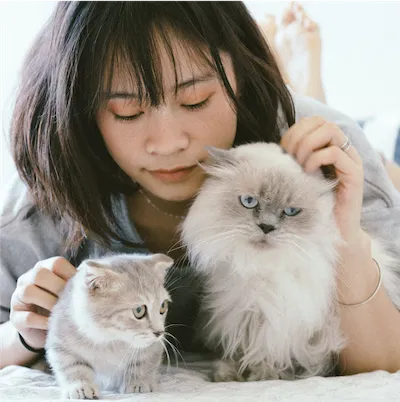
GOAL:
Harmony Amongst the Cats
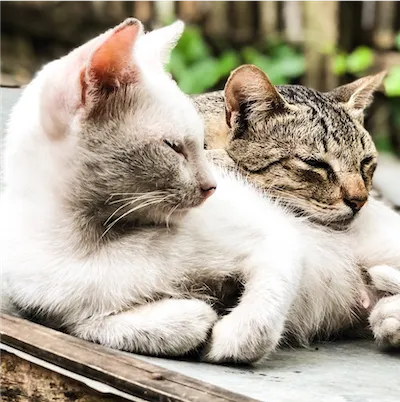
GOAL:
Kinder Cat Interactions
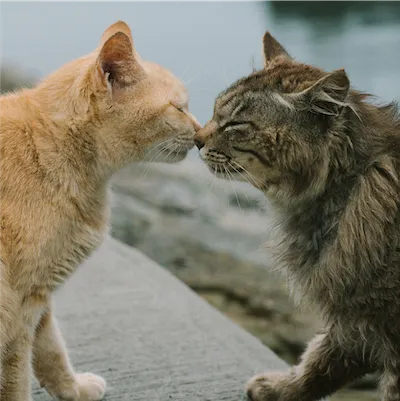
GOAL:
Enjoy Life Again
I had to put my kitten in a separate room when I left the house because the older cats hiss and bat at her.
Two days later:
I felt comfortable leaving the kitten with the older cats when I ran an errand. When I returned they were all sitting peacefully on the same bed!
— SN
Louisa was a great mom to Florence when she was a kitten, but became hostile towards her as she grew older.
One week later:
I noticed Louisa allowing Florence to sit closer to her on the window ledge, as they watched the birds.
Two weeks later:
Louisa and Florence are taking turns grooming each other!
— FP
After my partner passed from an illness, our cats became skittish and hid under different beds.
Three days later:
The cats are rambunctious and playing with each other again. They seem so happy to be around each other.
— HT
new kitten tolerated by older cats

GOAL:
Harmony Amongst the Cats
I have to put my kitten in a separate room when I leave the house because the older cats hiss and bat at her.
Two days later:
I felt comfortable leaving the kitten with the older cats when I ran an errand. When I returned they were all sitting peacefully on the same bed!
— SN
Mother cat kinder to grown daughter cat

GOAL:
Kinder Cat Interactions
Louisa was a great mom to Florence when she was a kitten, but became hostile towards her as she grew older.
One week later:
I noticed Louisa allowing Florence to sit closer to her on the window ledge, as they watched the birds.
Two weeks later:
Louisa and Florence are taking turns grooming each other!
— FP
cats playing again after loss of main caretaker

GOAL:
Enjoy Life Again
After my partner passed from an illness, our cats became skittish and hid under different beds.
Three days later:
The cats are rambunctious and playing with each other again. They seem so happy to be around each other.
— HT
A Trained Animal Communicator Connects with Your Pet
With every order, a trained animal communicator connects with your pet to choose the right blend of flower essences
(e.g. Bach Flower Essences) for calming their anxiety. Custom blended flower essences are natural pet calming products.



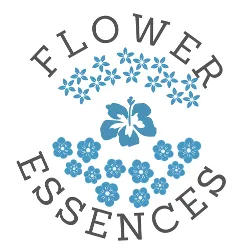
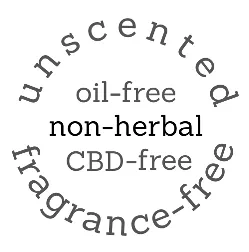

Calm Animal Solutions
Calm Animal Solutions offers customized, natural remedies for dog anxiety, and are calming for cats. Plus, we create blends for horses, small animal pets, birds, poultry, reptiles, and fish.
©2024, Catherine Winfree. All rights reserved.
Mandatory FDA Notice: The statements made regarding Calm Animal Solutions have not been evaluated by the Food and Drug Administration. These products are not intended to diagnose, treat, cure, or prevent any animal disease. Although the ingredients in Calm Animal Solutions are generally regarded as safe, you are encouraged to consult your veterinary before using any essence product (such as Bach Flower Essences, for example).
A Trained Animal Communicator Connects with Your Pet
With every order, a trained animal communicator connects with your pet to choose the right blend of flower essences (e.g. Bach Flower Essences) for calming their anxiety. Custom blended flower essences are natural pet calming products.





Mandatory FDA Notice: The statements made regarding Calm Animal Solutions have not been evaluated by the Food and Drug Administration. These products are not intended to diagnose, treat, cure, or prevent any animal disease. Although the ingredients in Calm Animal Solutions are generally regarded as safe, you are encouraged to consult your veterinary before using any essence product.

Home | Contact | Terms | Privacy Policy | About Catherine
©2024, Catherine Winfree. All rights reserved.


